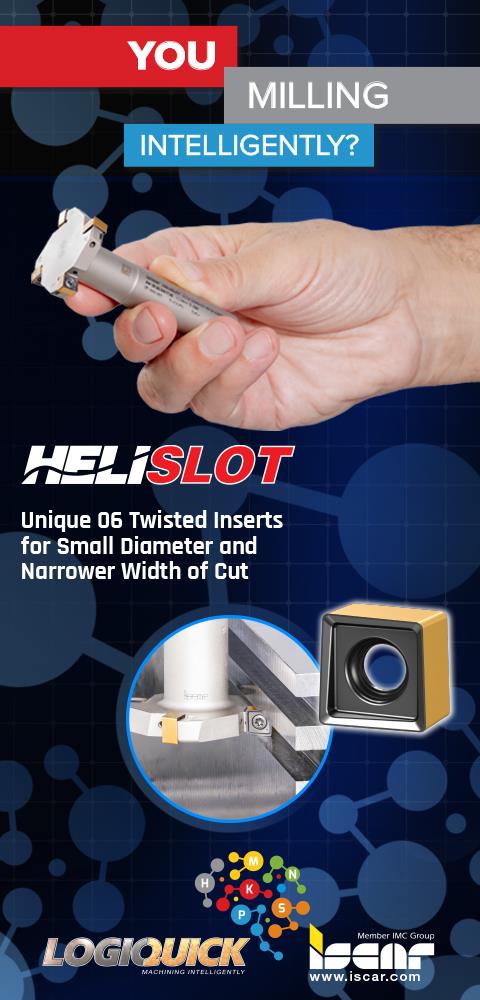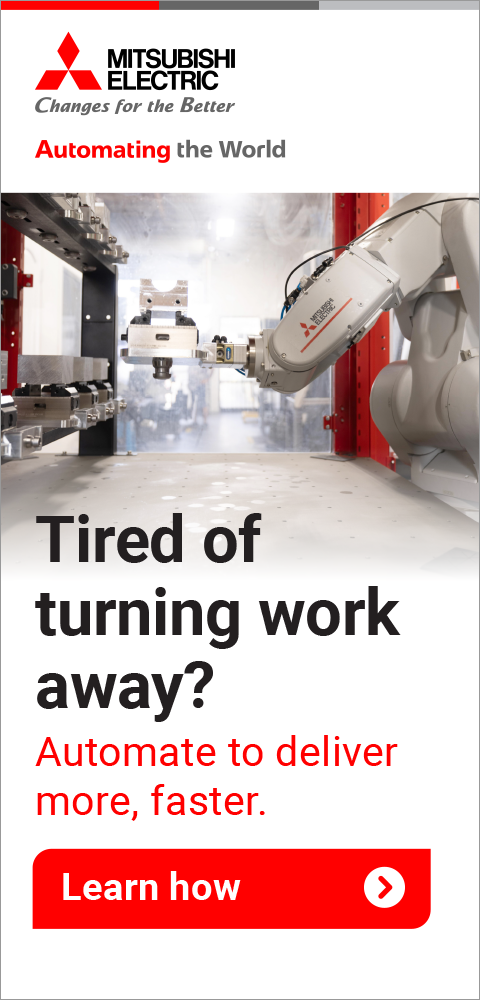






3-D Scanning for Incoming Inspection
March 1, 2016
To ensure that incoming parts meet specifications, some manufacturers perform incoming inspection. This is typically a sampling process, but in some cases can also be 100% inspection. A solid incoming inspection process reduces defects and costly manufacturing problems down the road.
"Incoming inspection's popularity has varied through the years," said a ShapeGrabber spokesperson. "In some industries, it was eliminated completely by putting the complete onus for incoming part quality on the suppliers, whereas in other industries it has remained a staple. Most now recognize that part quality is a shared responsibility between the supplier and the buyer, and the right balance must be struck. In some quarters, then, incoming inspection is making a comeback. One reason for the resurgence is the capabilities provided by automated 3-D laser scanners such as those made by ShapeGrabber."
By selecting the right 3-D scanner, inspectors can have a fast and easy way to determine whether a supplier's part meets its specifications without needing to do a complete part layout. "An automated 3-D scanner, such as the ShapeGrabber Ai810, can capture millions of data points from even the most complex-shaped part within minutes," said the spokesperson. The resulting point cloud can then be quickly compared directly to a 3-D CAD model or to a known good part. This provides rapid validation of the supplier's quality control process.
The spokesperson noted that ShapeGrabber's automated 3-D laser scanner technology is especially useful for incoming inspection because:
For more information contact:
ShapeGrabber
1900 City Park Drive, Suite 512
Ottawa, ON K1J 1A3
Canada
613-247-1707
www.shapegrabber.com
< back